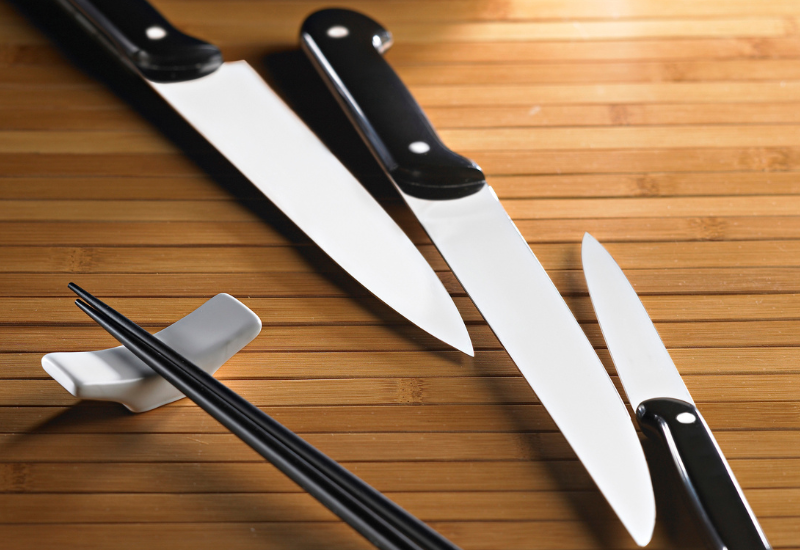
When it comes to Japanese cuisine, intricacy and delicacy comes first on the list of essentials. Culinary professionals, experts, and chefs are always in the search for just the best cutlery and culinary equipment to aid in the authentic cooking processes Japanese dishes require. Although there are a wide variety of cutlery and culinary equipment out there, it is also very important to understand and know which kind of equipment is required for your goals.
Specifically, when it comes to Japanese knives, the wise selection of premium quality knife models and knife types is highly essential as it affects upon the processes and the intentions of what the knives are to be used for. It is important to select just the right knife type for the right uses – answering questions like ‘What dishes will I make?’ or ‘What kind of technique will I be focusing on?’ will definitely help.
There are a wide variety of knife types forged for varying intentions and uses – be it the Gyuto, Bunka, Santoku, Petty, or Sujihiki, these knives are all essential for traditional Japanese blade techniques. Professional chefs making sushi and sashimi will need quite a few of the knife types to complete all the required processes of intricacy and delicacy. As sashimi and sushi dishes require patience, dedication, and the passion to create the warm, yet unique blends of divine flavors, the wise selection of just the right knife is highly essential to chefs and culinary experts.
There are numerous knife types available for users to choose from. Be it to chop vegetables, slice meat, or fillet a fish, a right Japanese knife will help users go through food preparation processes and specific cooking methods. Among the known knife types out there, a Boning knife is indeed among the knife types worth considering.
Boning Knife
A boning knife is a suitable knife for food preparation that involves premium quality meats like beef or fresh fish. A boning knife equips a narrow blade body and an extremely sharp point, often used to remove the bony structures in meat, poultry, and fish. It is also considered a similar knife to the typical Western boning knife – indeed a knife type needed to aid in the cooking processes to craft delicious, mouth-watering sashimi dishes and sushi pieces.
There are two main types of the Japanese boning knife: Honesuki and Garasuki knives. A Honesuki knife is also known as the Sabaki knife; it has a great design and physique just right for the essential de-boning process. Simply cutting or slicing pieces of chicken meat will be extremely simple and easy. If you’re looking to fillet a fish, a Honesuki knife is also considered as a versatile knife type that performs a unique technique of bone removal.
A Honesuki boning knife can be broken down into two smaller types: the Kaku (square knife) and Saki-maru (round knife) knife. A Kaku or the square boning knife is known as the Western boning knife mainly used to separate the meat and the bones, which explains why it is forged in a form of a double bevel knife. The Sakimaru, on the other hand, is known as the Eastern boning knife which equips same-width knife handle and blade body. When it comes to the Garasuki knife, it has a longer blade length and a thicker blade body when compared to the Honesuki boning knife.
When using these boning knives, chefs and culinary experts recommend holding the knives with their edges facing upwards – this technique of properly holding a boning knife will enable users to cut a piece or a part of meat that is hanging down or in other words, dangling.
